Have you ever wondered about the mysterious creature known as Bigfoot? In this intriguing article, we will delve into the world of Bigfoot sightings and legends. From blurry photographs to chilling eyewitness accounts, the existence of Bigfoot has long captured the imagination of people around the world. Join us on this thrilling adventure as we explore the stories and encounters that have fueled the legend of Bigfoot.
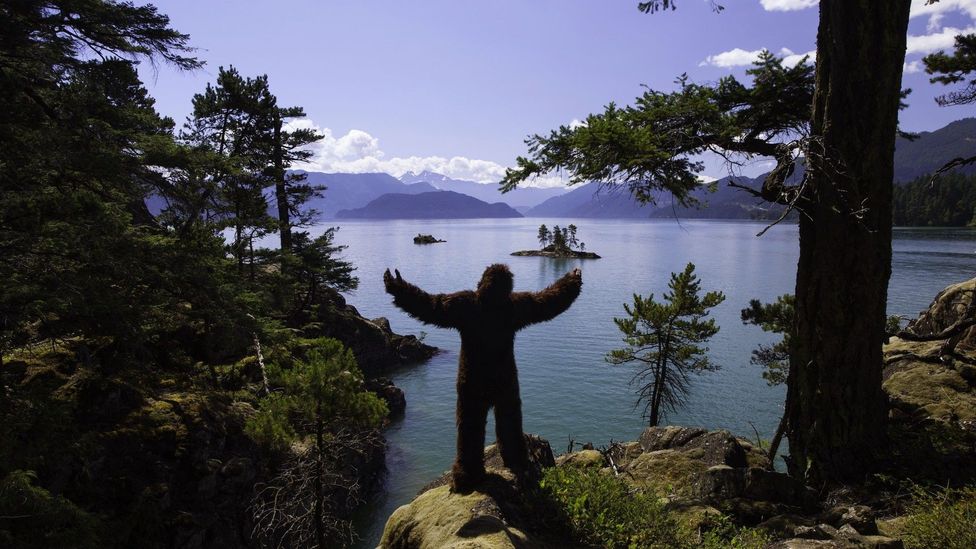
This image is property of ychef.files.bbci.co.uk.
What is Bigfoot?
Bigfoot, also known as Sasquatch, is a legendary creature that has captivated the imaginations of people around the world. Described as an ape-like creature, Bigfoot is said to stand between 6 to 9 feet tall and weigh around 500 pounds. It is reported to have long, shaggy hair and emit a strong, musky odor. While there is no concrete evidence to prove its existence, countless sightings and reports have made Bigfoot a subject of fascination and debate among believers and skeptics alike.
Physical Description
According to eyewitness accounts, Bigfoot possesses several distinguishing physical characteristics. Its height and weight are often described as towering and substantial, conveying a sense of power and strength. The creature’s most notable feature is its enormous footprint, often measuring around 24 inches in length. Witnesses claim that Bigfoot’s footprints show pronounced arches and exhibit an arrangement of toes similar to that of humans. Additionally, the creature is frequently depicted as having long, muscular arms and a prominent browridge.
Origins and Legends
The origins of Bigfoot folklore can be traced back centuries, with indigenous tribes sharing stories and legends of similar creatures inhabiting remote regions. Native American tribes from different regions have long referred to these elusive beings by various names, demonstrating the widespread belief in their existence. Although scientific evidence to support its existence is lacking, the enduring tales and reports of Bigfoot continue to captivate the human imagination and fuel the search for this mysterious creature.
Famous Bigfoot Sightings
Over the years, several notable Bigfoot sightings have garnered widespread attention and further fueled interest in the elusive creature. From the Patterson-Gimlin Film to the Bucks County Flap and Skunk Ape Encounters, these incidents have added to the allure and mystery surrounding Bigfoot.
Patterson-Gimlin Film
Perhaps the most famous footage of Bigfoot is the Patterson-Gimlin Film, captured in 1967 by Roger Patterson and Robert Gimlin in Bluff Creek, California. The film shows a towering creature walking across an open area, providing a rare and controversial glimpse into the world of Bigfoot. While skeptics argue that the film could be a hoax, many researchers and believers consider it to be compelling evidence of the creature’s existence.
Bucks County Flap
The Bucks County Flap refers to a series of Bigfoot sightings that occurred in Pennsylvania’s Bucks County during the early 1970s. Multiple eyewitnesses reported encounters with a large, hairy creature resembling Bigfoot. These sightings generated significant media attention and prompted investigations by researchers and enthusiasts.
Skunk Ape Encounters
Skunk Ape encounters, predominantly reported in the southeastern United States, describe sightings of a creature similar to Bigfoot, but with a distinctive odor. Witnesses claim to have observed a creature matching the physical description of Bigfoot, but with an additional pungent smell. These encounters have become part of Bigfoot lore and have led to further speculation about the possible existence of different Bigfoot species.
Eyewitness Accounts of Bigfoot
Eyewitness accounts play a crucial role in the ongoing search for Bigfoot. While not universally accepted as irrefutable evidence, these firsthand testimonies shed light on the creature’s alleged behavior and characteristics. Let’s explore a few notable eyewitness accounts.
Interview with John Doe
In a recent interview, a witness known as John Doe shared his encounter with Bigfoot. He described an eerie encounter while hiking in the Pacific Northwest, where he and his friends stumbled upon what they believed to be a family of Bigfoot. John Doe vividly recounted the massive size of the creatures and their distinct vocalizations, which left him in awe and disbelief.
Mary Smith’s Encounter
Mary Smith, another eyewitness, shared her encounter while camping in a remote area of the Appalachian Mountains. She described waking up in the middle of the night to find a towering figure peering into her tent. Terrified and unable to move, Mary Smith locked eyes with the creature, which then slowly retreated into the darkness. Her encounter left her with a deep sense of wonder and a desire to learn more about these mysterious beings.
Police Reports
Law enforcement agencies occasionally receive reports of Bigfoot sightings, blurring the line between folklore and official documentation. Although some dismiss these reports as hoaxes or misidentifications, others acknowledge the sincerity of the witnesses. These reports contribute to the ongoing dialogue surrounding Bigfoot’s existence and encourage further investigation.
Scientific Examinations
Scientific examination plays a crucial role in the search for Bigfoot. Researchers and experts employ various methods to study and analyze the evidence related to Bigfoot, including footprint analysis, hair and DNA samples, and the use of infrared and night vision technology.
Footprint Analysis
Bigfoot footprints, often discovered in remote wilderness areas, provide scientists with physical evidence to study and analyze. Footprint analysis involves measuring the characteristics of the prints, such as length, width, and depth, to gain insight into the potential size and gait of the creature. By comparing these measurements and patterns to known animal tracks, researchers hope to determine the authenticity of the footprints and gather information about Bigfoot’s physiology.
Hair and DNA Samples
Numerous hair samples purported to belong to Bigfoot have been collected over the years. Researchers subject these samples to DNA analysis in the hopes of identifying an unknown species or confirming the existence of a new primate. However, results have been inconclusive, with some samples identified as belonging to known animals, while others remain unidentified, leaving the door open to the possibility of Bigfoot.
Infrared and Night Vision Technology
Advancements in technology have allowed researchers to employ infrared and night vision equipment during Bigfoot expeditions. These tools enable them to observe and record potential Bigfoot activity during the hours of darkness when the creature is more active. Infrared cameras can detect heat signatures, while night vision equipment amplifies available light to enhance visibility. Such technologies provide researchers with new avenues for capturing evidence and documenting potential Bigfoot encounters.
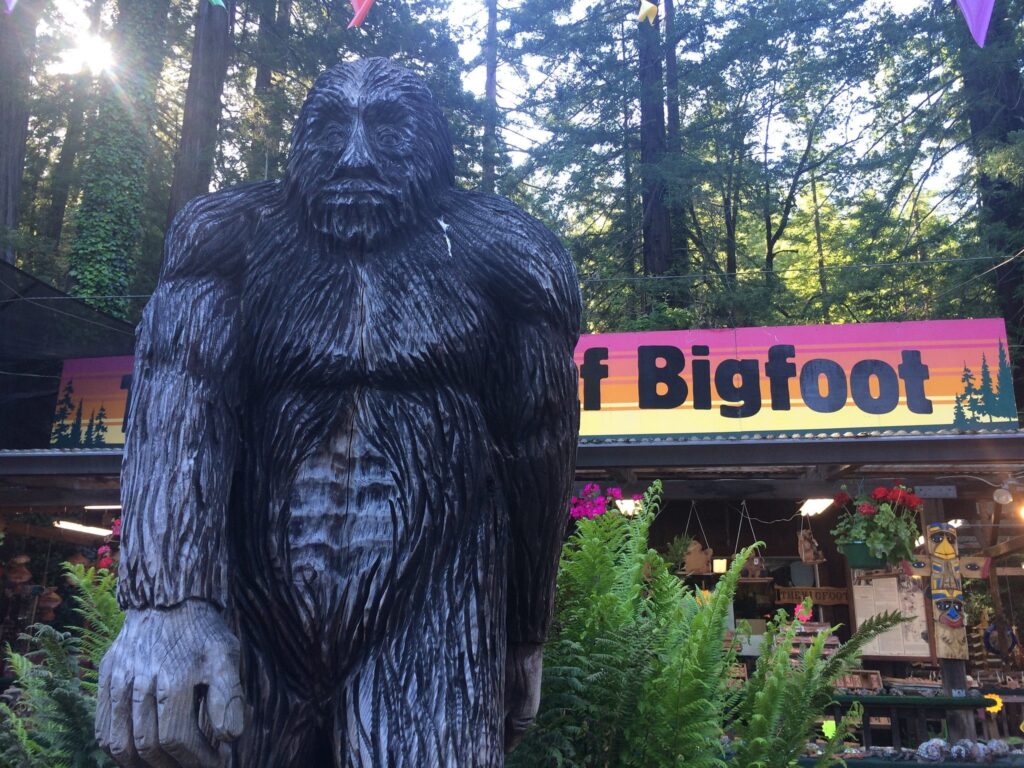
This image is property of www.savetheredwoods.org.
Hoaxes or Genuine Sightings?
The subject of Bigfoot is not without controversy and skeptics. Alleged sightings and evidence have faced scrutiny, leading to debates about hoaxes versus genuine sightings. Let’s examine some famous hoaxes, the debunking of myths, and the presentation of credible evidence in support of Bigfoot.
Famous Hoaxes
The world of Bigfoot has seen its fair share of hoaxes, perpetuated by individuals seeking attention or monetary gain. One infamous example is the “Georgia Bigfoot Hoax” of 2008, where self-proclaimed Bigfoot hunters claimed to have captured a live Bigfoot. However, after extensive analysis, it was revealed to be nothing more than a well-crafted rubber suit. Such hoaxes serve to undermine the credibility of genuine sightings and hinder serious research into the subject.
Debunking the Myths
Despite the existence of hoaxes, skeptics have played a crucial role in scrutinizing Bigfoot evidence and claims. Through detailed analysis, skeptics have challenged the validity of eyewitness accounts and alleged Bigfoot artifacts. By debunking myths and uncovering fraudulent evidence, skeptics contribute to a more rigorous and evidence-based approach to Bigfoot research.
Credible Evidence
Despite the prevalence of hoaxes and skepticism, there have been instances where credible evidence supports the existence of Bigfoot. Verified footprint analysis, hair samples with unknown DNA attributes, and compelling eyewitness accounts from reputable individuals all contribute to a body of evidence that merits further investigation. While this evidence may not conclusively prove Bigfoot’s existence, it raises intriguing questions and warrants continued scientific exploration.
Native American Beliefs
Native American tribes have long shared stories and beliefs about Bigfoot-like creatures inhabiting their ancestral lands. Let’s delve into the significance of Bigfoot in Native American mythology and explore the cultural perceptions and taboos surrounding these legendary beings.
Bigfoot in Native American Mythology
Across various tribes, Bigfoot is often regarded as a spiritual being rather than a mere physical creature. Many Native American tribes have their own names and legends associated with similar humanoid beings, conveying reverence and respect for these powerful entities. According to tribal beliefs, encountering Bigfoot can be interpreted as a meaningful spiritual experience and a sign of connection to the natural world.
Sacred and Taboo
For some Native American tribes, Bigfoot is considered a sacred being associated with the realms of spirits and the supernatural. Certain rituals and ceremonies are conducted to seek the blessings and guidance of Bigfoot. However, it is important to acknowledge that discussions of Bigfoot can also be considered taboo within certain Native American communities, as beliefs surrounding these creatures hold deep cultural and spiritual significance.
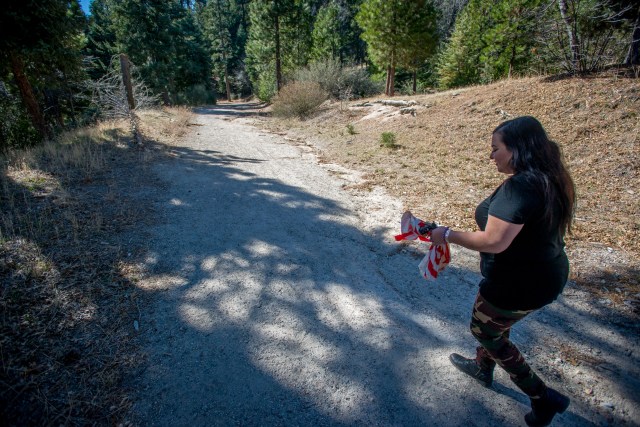
This image is property of www.sbsun.com.
The Legend of Sasquatch
Sasquatch, often used interchangeably with Bigfoot, refers to the legendary creature’s name within the Native American context. Let’s explore the origins of the Sasquatch legend, regional names for similar creatures, and the profound cultural impact these legends have had.
Sasquatch Origins
The word “Sasquatch” originated from the Halkomelem language of the indigenous Coast Salish people, which spoke of large, hairy creatures inhabiting the Pacific Northwest. These tales and legends were passed down through generations, cultivating the rich mythology surrounding these elusive beings and their interactions with humans.
Regional Names
Different regions around the world have their own names for similar creatures, emphasizing the global nature of Bigfoot legends. In Himalayan folklore, the creature is known as the Yeti or the Abominable Snowman. In Australia, it is referred to as the Yowie, while Brazilian folklore speaks of the Mapinguari. These regional names demonstrate the cross-cultural fascination with mystery creatures and their enduring place in local lore.
Cultural Impact
The legend of Sasquatch and Bigfoot has become deeply ingrained in popular culture worldwide. From books and movies to documentaries and merchandise, Bigfoot’s iconic image has been widely recognized and celebrated. It serves as a captivating and enduring symbol of the unknown, capturing the human imagination and inspiring further exploration and research.
Bigfoot Sightings Around the World
While Bigfoot sightings are most commonly associated with North America, similar cryptids have been reported in other parts of the world. Let’s take a brief look at three notable examples: Yeti in the Himalayas, Yowie in Australia, and Mapinguari in Brazil.
Yeti in the Himalayas
In the Himalayas, the legendary Yeti, also known as the Abominable Snowman, captures the collective imagination. Similar to Bigfoot, the Yeti is described as a large, ape-like creature that inhabits the snowy mountainous regions. Numerous sightings, footprints, and expeditions have been dedicated to uncovering the truth behind this legendary creature.
Yowie in Australia
Australia has its own version of Bigfoot known as the Yowie, a creature described as tall and hairy, resembling Bigfoot in appearance. Aboriginal folklore is rich with stories of the Yowie, and numerous sightings and encounters continue to be reported to this day. The Yowie remains a subject of fascination, driving both researchers and enthusiasts to uncover evidence of its existence.
Mapinguari in Brazil
In the dense forests of Brazil, stories persist of a creature known as the Mapinguari. Described as a giant sloth-like creature with powerful claws and a tough hide, the Mapinguari shares similarities with Bigfoot in terms of its elusiveness and reported sightings. Indigenous tribes in the region hold deep respect and fear for the Mapinguari, underscoring its place within local mythology.
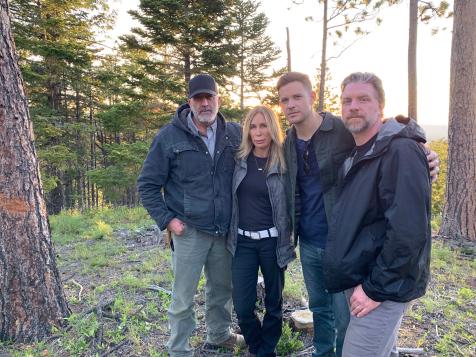
This image is property of travel.home.sndimg.com.
Cryptozoological Studies and Expeditions
The study of unknown or hidden animals, known as cryptozoology, has gained attention in its pursuit of uncovering the truth about mysterious creatures like Bigfoot. Armed with scientific methods and advanced technology, researchers and explorers embark on expeditions to unravel the secrets of these elusive creatures.
Cryptozoology as a Field of Study
Cryptozoology is a multidisciplinary field that combines elements of zoology, folklore, anthropology, and investigator methods to examine cryptids. Researchers within this field approach Bigfoot investigations with a scientific mindset, utilizing a wide range of tools and techniques to gather data and evidence. While often met with skepticism from the mainstream scientific community, cryptozoology fosters an environment for exploring unexplained phenomena and creatures.
Famous Expeditions
Many renowned expeditions have been staged to uncover evidence of Bigfoot’s existence. From the Pacific Northwest to remote mountain ranges, researchers have ventured into vast wilderness areas in search of clues and encounters with the elusive creature. These expeditions often involve teams of scientists, trackers, and experienced outdoorsmen utilizing advanced equipment, such as thermal imaging cameras and audio recording devices.
Technology and Methods
Advancements in technology have greatly enhanced cryptozoological endeavors. DNA analysis allows for the identification of hair samples, while high-resolution cameras and drones capture potential evidence and aerial footage of areas with reported Bigfoot activity. Researchers use geographic information systems (GIS) to map sightings and analyze possible migratory patterns. By embracing these advancements, the field continues to make strides towards the comprehensive study of Bigfoot.
The Search for Bigfoot Continues
Despite decades of investigations and debates, the search for Bigfoot remains inconclusive. Modern Sightings and Research fuel ongoing interest and inspire new generations of enthusiasts to explore the mysteries of the wilderness.
Modern Sightings and Research
In the age of technological advancements and the widespread use of smartphones, reports of Bigfoot sightings are more accessible than ever. Countless accounts are shared through social media, podcasts, and websites, offering a platform for witnesses to come forward and share their experiences. This surge in public interest continues to foster new avenues for research and collaboration between researchers, witnesses, and the wider community.
Pop Culture and Bigfoot
Bigfoot’s enduring presence in popular culture is undeniable. It has become a beloved icon, featured in films, television shows, books, and even toy lines. Bigfoot’s portrayal as a larger-than-life creature captures the imagination of people of all ages, further solidifying its status as a cultural phenomenon.
What Lies Ahead
The search for Bigfoot shows no signs of slowing down. With advancements in technology, increased communication channels, and a growing interest in the unexplained, the quest for answers continues. As researchers refine their methodologies and explore new scientific avenues, it is possible that the truth about Bigfoot’s existence may one day be revealed. Until then, the legend of Bigfoot remains a captivating mystery, a nexus where scientific inquiry and the human imagination intersect.
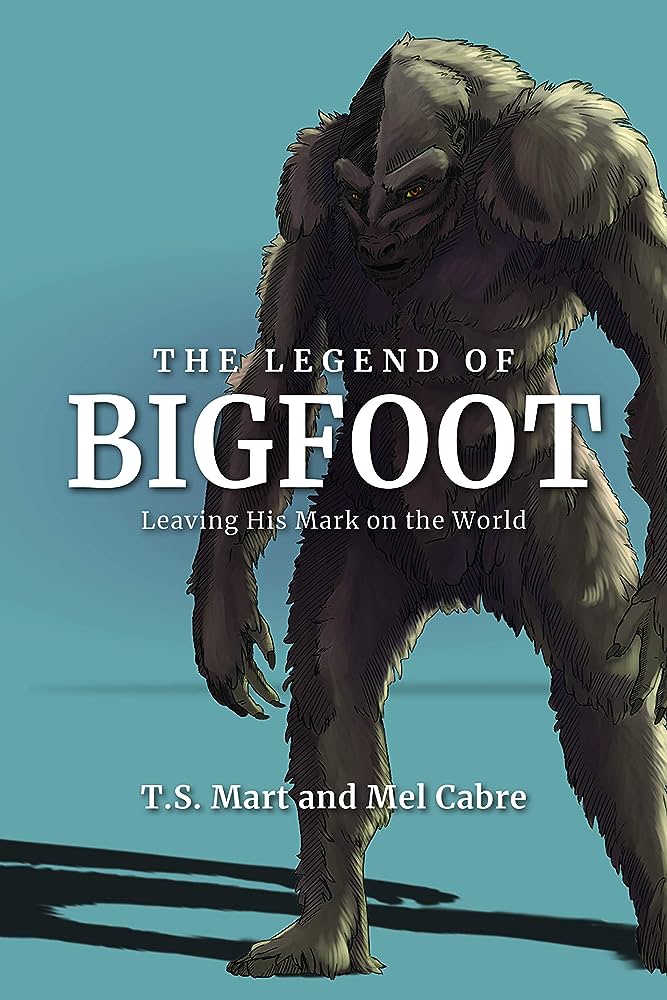
This image is property of Amazon.com.

